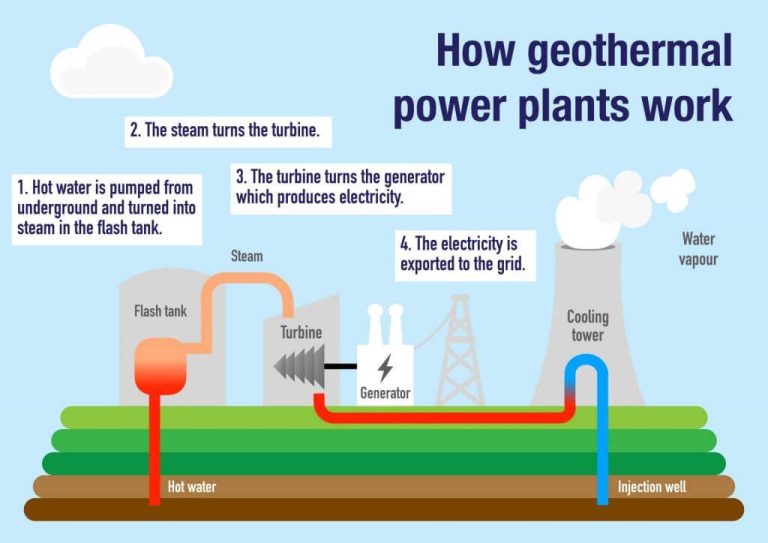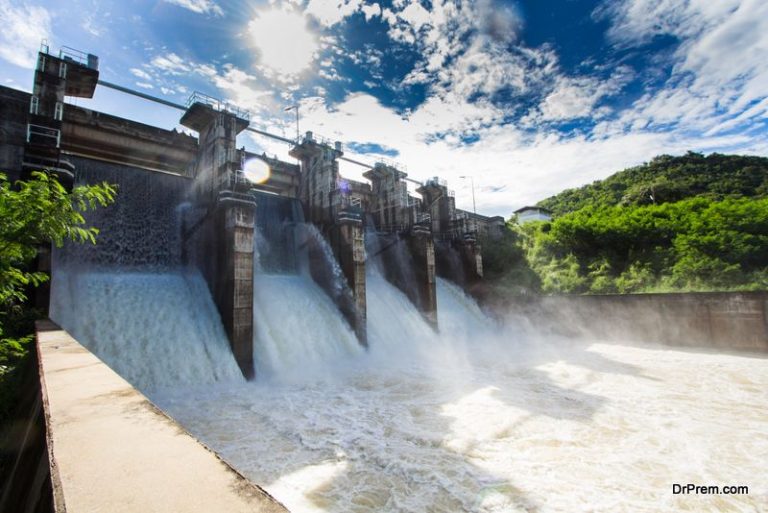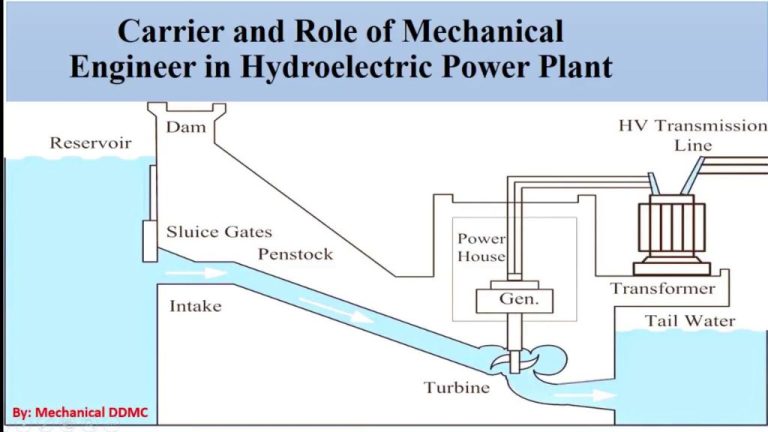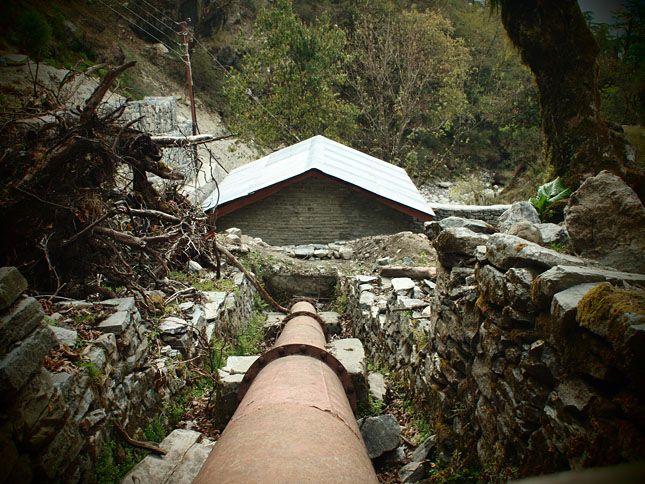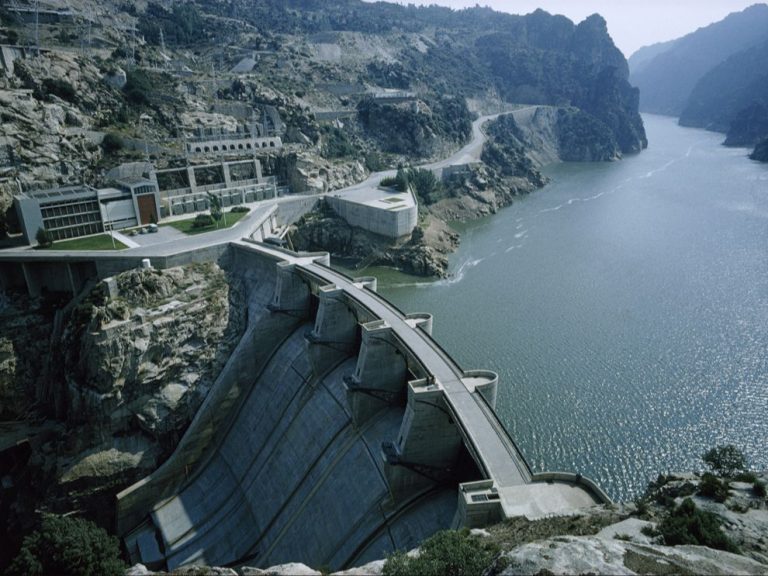What Is The Hydroelectric Incentive Program?
Hydroelectric power is a form of renewable energy that generates electricity by using the natural flow of water or controlled flow of water through dams to drive electric generators. Hydroelectric incentive programs refer to government policies and initiatives that encourage the development of new hydroelectric projects by providing financial incentives, regulatory support, and other benefits to developers, owners, and operators of hydropower plants.
The purpose of this article is to provide an overview of the major hydroelectric incentive programs in the United States. It will examine the history and evolution of these programs, describe the different types of incentives offered, discuss the intended benefits as well as criticisms, and highlight some case studies where incentive programs have supported new hydropower projects. The goal is to inform readers about the role incentive programs have played in growing hydroelectric power capacity and their effectiveness in spurring renewable energy development.
Background
Hydroelectric power has a long history in the United States, dating back to the late 19th century. In 1882, the first hydroelectric power plant began operating in Appleton, Wisconsin, demonstrating the viability of this technology for electricity generation (https://www.energy.gov/energysaver/history-timeline-hydropower). Throughout the early 20th century, dozens of hydroelectric dams and power plants were constructed across the country. Major projects like the Hoover Dam, completed in 1936, provided large amounts of electricity and promoted development in the western United States.
Legislation in the early 20th century also aided the growth of hydroelectric power. The Federal Water Power Act of 1920 created the Federal Power Commission and gave it authority to license and regulate non-federal hydropower projects on navigable waterways (https://www.energy.gov/eere/water/history-hydropower). This provided important oversight and coordination for the burgeoning hydroelectric industry. The Public Utility Regulatory Policies Act of 1978 further expanded incentives by requiring utilities to buy electricity from qualifying small hydro facilities (https://www.energy.gov/energysaver/history-timeline-hydropower).
Modern Programs
There are several key national and regional programs currently providing incentives for hydroelectric development in the United States.
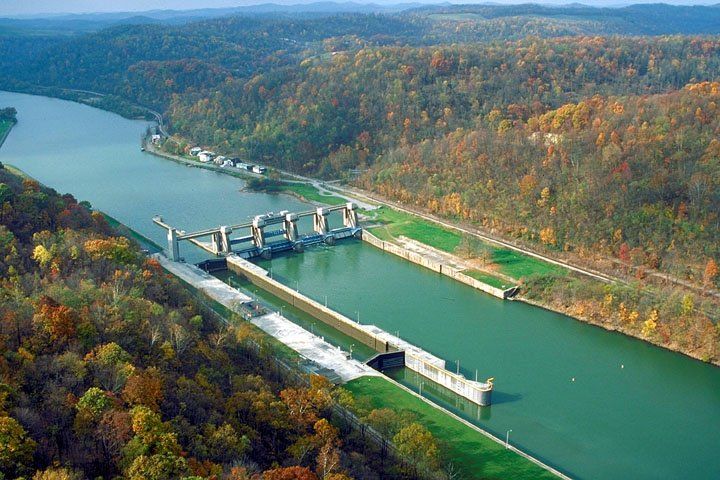
The Hydroelectric Production Incentive Program, led by the U.S. Department of Energy, provides financial incentive payments to qualified hydroelectric facilities for electricity generated and sold. This program was established through the Energy Policy Act of 2005 and reauthorized under the Bipartisan Infrastructure Law. As of 2021, it has distributed over $500 million in incentives. [1]
Section 242 of the Energy Policy Act authorizes incentive payments of 1.8 cents per kilowatt-hour for energy generated and sold by qualified hydroelectric facilities through 2027. There is $125 million authorized for fiscal years 2022 through 2027. [2]
Some states and utilities offer additional financial incentives, grants, and regulatory assistance to support new hydroelectric projects. For example, the Idaho Strategic Energy Alliance offers grants to cover feasibility studies, while the New York State Energy Research and Development Authority provides incentives per kWh generated. Regional programs aim to promote clean energy goals and economic development.
Several Department of Energy Funding Opportunity Announcements related to hydropower efficiency, technology R&D, and project development are open for applications during 2022-2023. These provide cost-shared funding to drive continued hydroelectric growth.
Overall, current programs at both the federal and regional levels are supporting the expansion of clean, renewable hydroelectric power across the country through financial assistance.
Types of Incentives
There are several types of financial incentives available for hydroelectric projects in the United States. Some of the main options include:
-
Tax credits – These provide a credit against federal income taxes based on a percentage of expenditures related to hydroelectric development. For example, the Renewable Electricity Production Tax Credit (PTC) offers a tax credit of 1.1 cents per kilowatt-hour for electricity generated from qualified hydroelectric facilities for the first 10 years of operation.
-
Grants – Federal and state governments offer competitive grants to support hydroelectric projects, such as building new dams or retrofitting existing dams. These help offset capital costs. For instance, the Department of Energy’s Hydroelectric Incentives Program provides grants covering up to 50% of costs for hydro modernization projects.
-
Preferential rates – Some states require utilities to purchase renewable electricity like hydro power at above-market rates through feed-in tariffs or long-term power purchase agreements. This guarantees favorable pricing.
-
Rebates – Some utilities or states offer rebates to customers who install small-scale hydro systems (e.g. microhydro turbines) for onsite renewable power generation. Rebates help reduce upfront purchase and installation costs.
Additionally, hydroelectric projects may qualify for federal investment tax credits, property tax reductions, low-interest government loans, and other incentives offered for renewable energy.
Benefits
Hydroelectric power provides many benefits in the areas of environmental sustainability, economics, and energy independence. Hydropower is a renewable energy source that does not produce greenhouse gas emissions or other pollutants (source). It helps reduce fossil fuel consumption and reliance on non-renewable energy sources. Hydropower facilities also generally have a long lifespan and low maintenance costs compared to other power plants.
In terms of economics, hydropower is an affordable way to generate electricity. The facilities are expensive to construct initially, but the operating costs are very low once built. This makes the electricity produced very cost-competitive (source). Hydropower can also provide grid reliability and help meet peak energy demands.
For energy independence and security, domestic hydropower reduces the need for imported fuels. It also provides a domestic energy supply that is not subject to market fluctuations and volatility. Hydropower can make a region or country more self-sufficient and ensure access to electricity even if external supply is disrupted.
Criticisms
While hydroelectric power offers many advantages, it also has some important drawbacks and criticisms. One major concern is the impact hydroelectric dams can have on wildlife and natural habitats. Large dams flood vast areas upstream, destroying forests and wetlands. This can disrupt local ecosystems and force animals to relocate or perish [1]. Building dams also fragments rivers, blocking fish migration routes. Fish and other aquatic life can be impacted by changes in water flow, temperature, and sediment levels [2].
In addition, hydroelectric projects require claiming large areas of land. The reservoirs created by dams cover many square miles and can force communities to relocate. Valuable farmland and historic or culturally significant sites may be lost. Overall, hydroelectric dams can negatively impact biodiversity, drive species extinction, and alter natural landscapes [3].
While hydroelectricity has advantages as a clean renewable resource, these environmental concerns make it controversial in some cases. Proper siting of hydroelectric projects and efforts to mitigate habitat disruption can help reduce criticisms related to wildlife and land use impacts.
[1] https://www.greengeeks.com/blog/hydroelectric-energy/
[2] https://earth.org/pros-and-cons-of-hydroelectric-energy/
[3] https://kiwienergy.us/pros-and-cons-of-hydroelectric-energy/
Case Studies
In 1974, the Federal Energy Administration issued a report highlighting three notable hydroelectric projects that were made possible through government incentives (source 1).
The first was Washington’s Rock Island Dam, completed in 1933. Financial incentives enabled the construction of this run-of-river hydroelectric dam despite economic challenges during the Great Depression. The 650 MW project helped provide affordable electricity that fueled industrial growth in the Pacific Northwest.
The second project was Colorado’s Blue Mesa Dam, completed in 1966 as part of the Colorado River Storage Project. Government incentives made this 390 MW dam financially viable by allowing revenues from power generation to help pay back costs over 50 years. The dam provides irrigation water storage, flood control, and electricity to the region.
The third case study was Alabama’s R.L. Harris Dam, finished in 1983. Federal subsidies through initiatives like the Public Utility Regulatory Policies Act helped decrease project costs. The 100 MW dam supplies renewable energy and has spurred local economic development around Lake Wedowee.
Future Outlook
The future looks bright for continued growth and development of hydroelectric power. According to the International Energy Agency (IEA), global hydropower capacity is projected to increase by 17%, or 230 gigawatts (GW), between 2021 and 2030.1 This growth will be driven by major expansion projects, especially in emerging economies. China alone is expected to install over 100 GW of new hydro capacity by 2030.
To support further hydroelectric development, policymakers have proposed several initiatives. The Hydropower Vision report from the U.S. Department of Energy calls for greater regulatory efficiency, continued technological innovation, and improved sustainability practices.2 Specific policy ideas include streamlining permitting processes, funding R&D into advanced turbines and pumped storage, and integrating environmental safeguards into project planning.
With supportive policies and sustained investment, hydroelectricity is poised to meet a growing share of renewable energy demand in the coming decades.
Key Takeaways
The key takeaways from this article on the hydroelectric incentive program are:
The hydroelectric incentive program provides financial incentives like tax credits, loans, and grants to encourage the development of new hydroelectric projects or upgrades to existing ones. It aims to promote renewable hydropower generation.
Common types of incentives include investment tax credits, production tax credits, loan guarantees, and direct cash grants. These help offset the high upfront capital costs of hydro projects.
Benefits of the program include boosting renewable energy production, creating jobs, improving local economies, and providing clean baseload power. However, there are also criticisms around environmental impacts.
Major case studies were the Hoover Dam and Grand Coulee Dam projects. Both received federal funding support and catalyzed regional development while generating large amounts of electricity.
The future outlook is positive as hydro incentives can complement other clean energy policies. With proper planning and mitigation, hydro can be a reliable renewable electricity source for years to come.
In summary, the hydroelectric incentive program provides critical financial support and policy signals to accelerate deployment of hydropower projects, which offer advantages as a domestic, renewable power source.
Further Reading
If you’d like to learn more about hydroelectric incentive programs, here are some additional resources to explore:
- Incentives for Hydro Power – The U.S. Department of Energy provides an overview of federal and state incentives for hydroelectric power.
- Affordable and Reliable Hydropower – The National Hydropower Association discusses the affordability and reliability benefits of hydroelectric power.
- Summary of the Clean Water Act – The EPA summarizes the key components of the Clean Water Act which impact hydroelectric projects.
- Financial Incentives for Renewable Energy – A report from the Department of Energy comparing state and federal incentives for renewable energy sources including hydroelectric.
- Hydropower as Energy Storage – The National Hydropower Association discusses how pumped storage hydro can serve as a form of energy storage.
Let me know if you would like me to expand or modify the further reading section.

